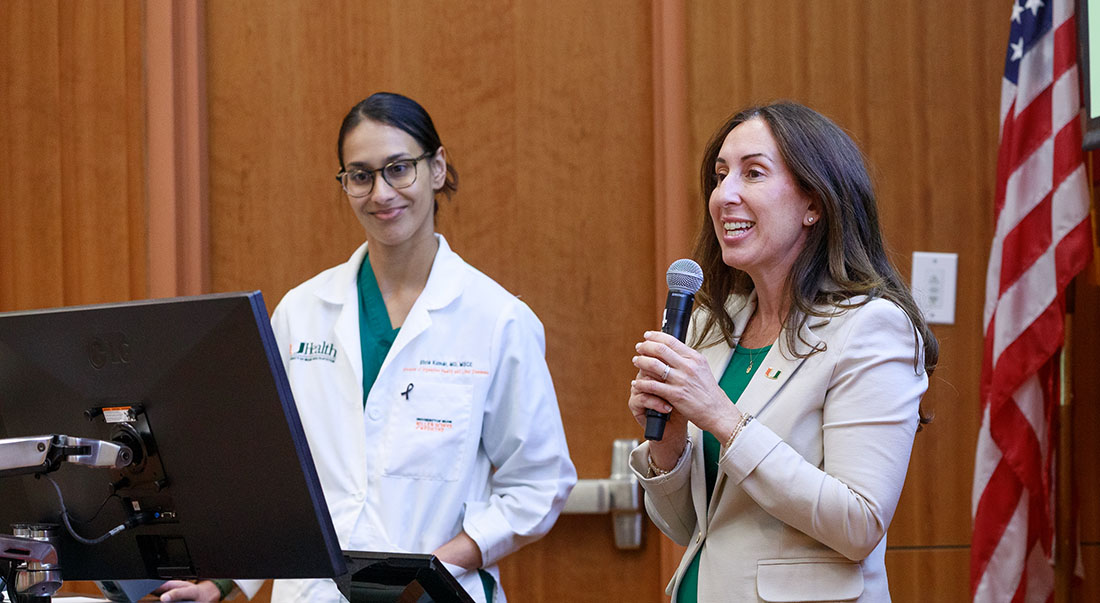A 46-year-old male came to the dentist for continued care after missing routine cleanings for 18 months. Now, presenting with some clinical findings on x-rays and vertical bone loss, this was cause for concern. Because the patient qualified as part of a new pilot program to use chairside saliva screenings, his dentist was able to quickly test his aMMP-8 level (a biomarker used for screening, detecting, and monitoring the rate of collagen breakdown in the mouth, often before signs of bone loss or other clinical indicators of trouble), which came back with a very concerning result.
The dentist inquired about recent changes to his health history, and the patient replied that he had recent blood work from his primary care provider (PCP). Leveraging a shared electronic health record, the dentist reviewed the results and noticed elevated fasting glucose levels, indicating a prediabetic state. This led to a conversation with the patient about the link between diabetes and periodontal disease. The dentist also contacted the patient’s PCP to share his clinical findings, and together, they determined the best course of action for the patient.
This anecdote is not typical of a usual dental visit, but it should be.
Preventive care is often overlooked
In recent years, it has become increasingly clear that oral health is not separate from overall health—it is an integral part of it. Yet, despite overwhelming evidence linking periodontal disease to a wide range of systemic conditions, such as heart disease, diabetes, and respiratory illness, many people continue to overlook the importance of regular, preventive dental care, and it is impacting their health. Integrating oral health with broader medical care is no longer a luxury—it’s a necessity.
The path forward requires reshaping how people think about prevention by focusing on a holistic, data-driven approach to patient care. Saliva screening and diagnostics represent one promising innovation driving this shift. These simple, yet powerful tools can help us identify early signs of systemic health problems before they become chronic conditions.
Saliva biomarkers
The latest research in saliva represents a breakthrough in preventive health care. Just as blood tests have long been used to detect a range of diseases, saliva, rich in biomarkers, may now provide the key for early chairside detection into conditions such as periodontal disease, cardiovascular disease, diabetes, pregnancy complications, and even cancer, long before visible symptoms appear. Saliva holds a wealth of untapped potential for screening and diagnostics, containing biomarkers that may reveal a variety of health conditions,
For example, by measuring saliva biomarkers for periodontal disease (the number one inflammatory disease in adults), we can help patients better manage their risk for developing type 2 diabetes. Or, by finding salivary oral squamous cell carcinoma biomarkers early, the five-year survival rate increases from 50% to 90%! This is particularly important because many of these conditions develop slowly over time, often without noticeable symptoms. Through early identification and intervention, we can prevent disease progression and enhance treatment success. This not only reduces the overall burden on the health system but also improves long-term health outcomes.
Dentistry has a crucial role to play in this transformation
Our salivary screening pilot program, called the Healthy Body Initiative, is a partnership between Delta Dental of Massachusetts and PDS Health that is driving a new approach to integrated care. We launched this initiative in 2024 in Massachusetts among a group of local dental providers and, with the goal of identifying early risks for periodontal disease, offered the service at no additional cost. This program is particularly important for individuals with a known link to conditions such as diabetes. Our intention is to make this available over time to every dental provider in our network to jointly improve the oral health delivery system together.
Saliva screenings and diagnostics are one example, but there are several promising new technologies that can help patients gain a deeper understanding of the connections between oral and systemic health. For example, innovations with an emphasis on preventing oral disease, such as dental remineralization and regeneration therapies, have the potential to reverse tooth decay and drastically reduce the need for invasive procedures.
These programs and procedures exemplify how oral health care can play a critical role in the broader health-care ecosystem. By focusing on prevention, technology, and collaboration between dental and medical professionals, we can begin to shift away from a reactive approach to a proactive mindset for health. Rather than waiting for patients to experience the symptoms and often irreversible effects of chronic disease, we can identify risks early and personalize their benefits and care before they turn into more serious, costly health problems.
As we look to the future, programs like the Healthy Body Initiative can reshape oral health care to prioritize prevention, collaboration, and holistic care. Together, dental and medical professionals reduce the risk of disease, improve patient outcomes, and create a healthier future for all.
Editor’s note: This article first appeared in Clinical Insights newsletter, a publication of the Endeavor Business Media Dental Group. Read more articles and subscribe.
link







More Stories
First national survey: Most oral health providers can handle increase in CDCP patients
Smiles Across Montana addressing more than just dental health at mobile clinics
Fluoride’s future worries dentists about oral health